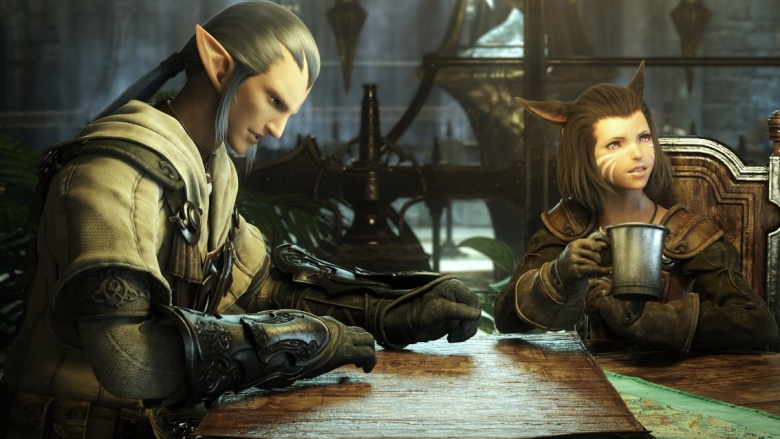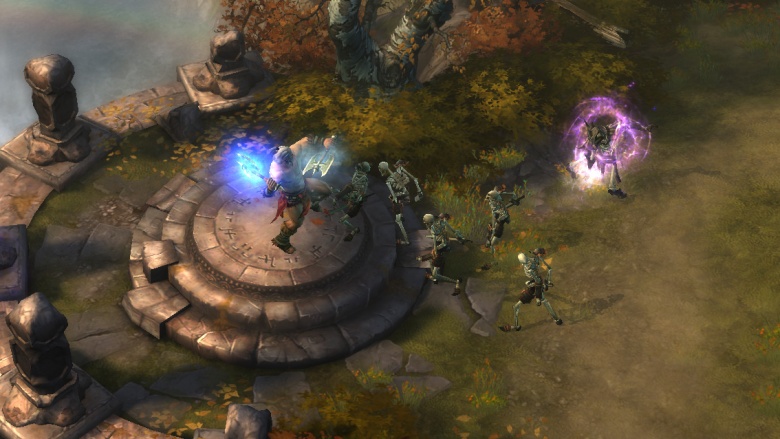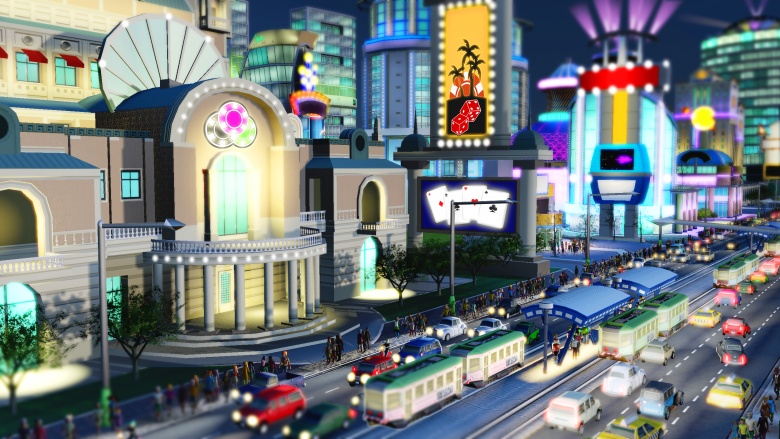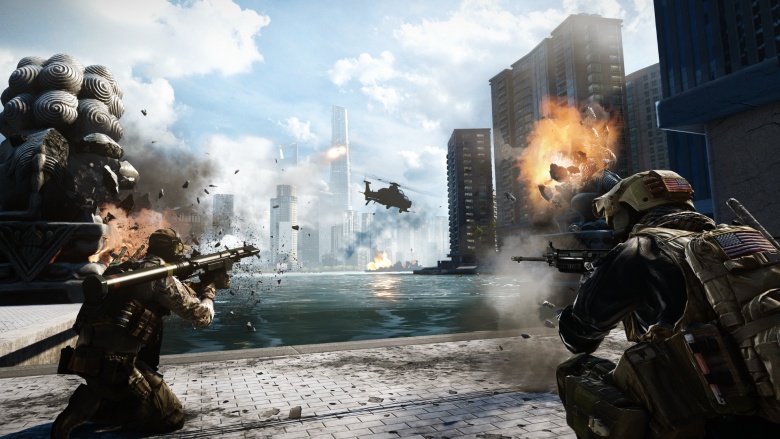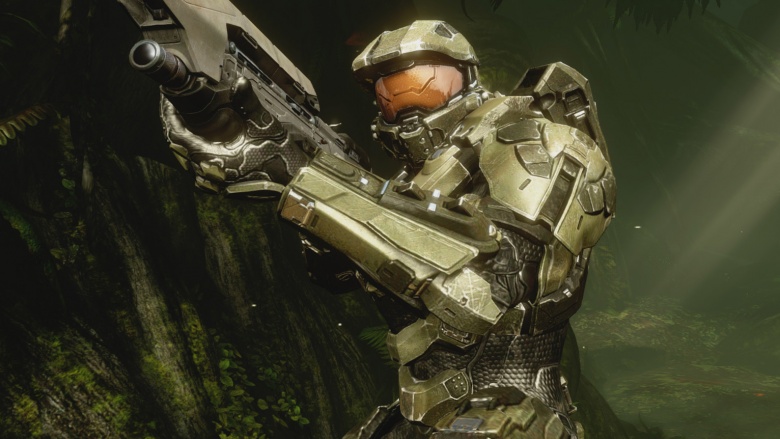Completely Botched Video Game Launches
Imagine sitting in a theater on opening day of a movie you've been waiting years to see. Just minutes after the film starts, the projector breaks, and the manager comes in to tell everyone that it'll be a few days before they get to see the flick. This happens to gamers on a sadly routine basis, with big budget releases being sold with game-breaking bugs and servers unable to handle launch-day traffic. Here's but a small sampling of some of the most botched up launches of video games in recent years.
Final Fantasy XIV (2010)
For years, developer Square Enix teased the impending release of the company's new epic, massively multiplayer online role playing game (MMORPG) Final Fantasy XIV. Final Fantasy die-hards were ridiculously excited for what Square Enix had in store, and anticipation was high. Yes, it seemed that the company had a hit on its hands. If only the game that launched wasn't a piece of junk.
The short version is that the PC game that was sold to gamers seemed pretty much unfinished. The user interface was a confusing mess that turned players off. The game was so hated that, after a few attempts at fixing its problems, Square Enix simply shrugged and said, "we're taking a mulligan on this one." They pulled a do-over and released Final Fantasy XIV: A Realm Reborn in 2013. The best part? They killed off the old version of the game by slamming a giant meteor into the virtual world.
Diablo III (2012)
The original Diablo from Blizzard Entertainment was a big hit on the PC in the late 1990s, garnering huge support from casual and hardcore fans alike. Its simple point-and-click gameplay and deep RPG elements made it a staple of dorm rooms and basements for years. Its follow-up, Diablo II, was an even bigger smash when it was released in 2000. So when Blizzard kept Diablo III under wraps for over a decade, fans pre-ordered the threequel in droves when it was finally set for launch in 2012. It broke records, selling over 3.5 million units in the first 24 hours of its release.
Unfortunately, it was that whole "first 24 hours" bit that anyone really remembers about Diablo III's May 14 launch. Despite the fact that the game offers a single-player mode, all users had to be logged into Blizzard's Battle.net portal. And when all 3.5 million gamers tried to log in at once, well, the servers basically melted. Most day-one users saw error codes and were stuck with nary a skeleton to click, nor a potion to drink. And when gamers finally could get online to start hacking and slashing, some found game-breaking bugs. Eventually all these problems were ironed out, but needless to say, Diablo III's launch was not Blizzard's finest hour.
SimCity 5 (2013)
After the example Blizzard provided with Diablo III, you'd think that other game companies would have learned to avoid obvious pitfalls like requiring an Internet connection to play a video game. You'd be wrong, though. Case in point: SimCity 5, published by Electronic Arts and developed by EA-owned Maxis. SimCity 4 first hit PCs back in 2003. So after waiting a full decade for SimCity 5, gamers couldn't wait to get their hands on the newest installment of the PC classic.
You can probably see where this is going. When the game launched in March 2013, users were once again required to go online—instead of being forced onto Blizzard's Battle.net servers, this time gamers had to use EA's Origin gaming service. But the high volume of day-one users all trying to bum rush the servers meant widespread error messages and unplayable games. Once more, time and additional servers gave gamers the chance to actually, you know, play, but the damage to EA's reputation had taken a massive hit. Eventually, EA and Maxis even provided an offline single-player mode for SimCity 5, which is pretty much what everyone who bought the thing wanted in the first place.
Battlefield 4 (2013)
Another game from EA, another botched launch. EA and developer subsidiary DICE have earned a solid reputation for their Battlefield franchise of first-person shooters, which spans multiple platforms and console generations. As such, fans were pretty excited to play DICE's latest shooter when the Xbox One and PlayStation 4 console generation began in fall 2013. Too bad the game they got was broken as hell.
Bugs and glitches abounded. The game crashed. Players could be hit with bullets even when they were behind cover. Players were shunted out of gameplay and into spectator mode for no reason. The list went on—and EA was eventually hit with lawsuits, which claimed that the company had misled customers and investors about Battlefield 4's bugs. What should've been a major triumph for EA turned into a major headache—one that made the SimCity 5 launch seem amazing by comparison.
Halo: The Master Chief Collection (2014)
While EA's Battlefield franchise can be found on tons of platforms, Microsoft's Halo series has always been an Xbox console exclusive. Halo and Halo 2 were eventually ported to the PC, but by 2014, there were still plenty of folks who'd never gotten around to playing the first batch of games in the franchise. To remedy that, Microsoft and developer 343 Studios released Halo: The Master Chief Collection, a remastered compilation of the first four titles in the franchise, made exclusively for the Xbox One. It should've been a perfect entry point for new console owners.
Instead, it was a sad reminder of how not to launch a video game. One of the Halo franchise's biggest selling points, its multiplayer mode, was severely broken in Master Chief Collection. Players saw error messages, buggy matchmaking, and as far from an enjoyable experience as one could imagine. Worst of all, complaints about the bugs in the collection continued to find their way online months after its launch in late 2014.
Maybe someday publishers and developers will learn to launch highly anticipated games that actually work. But it seems like that day is a long, long way off.


